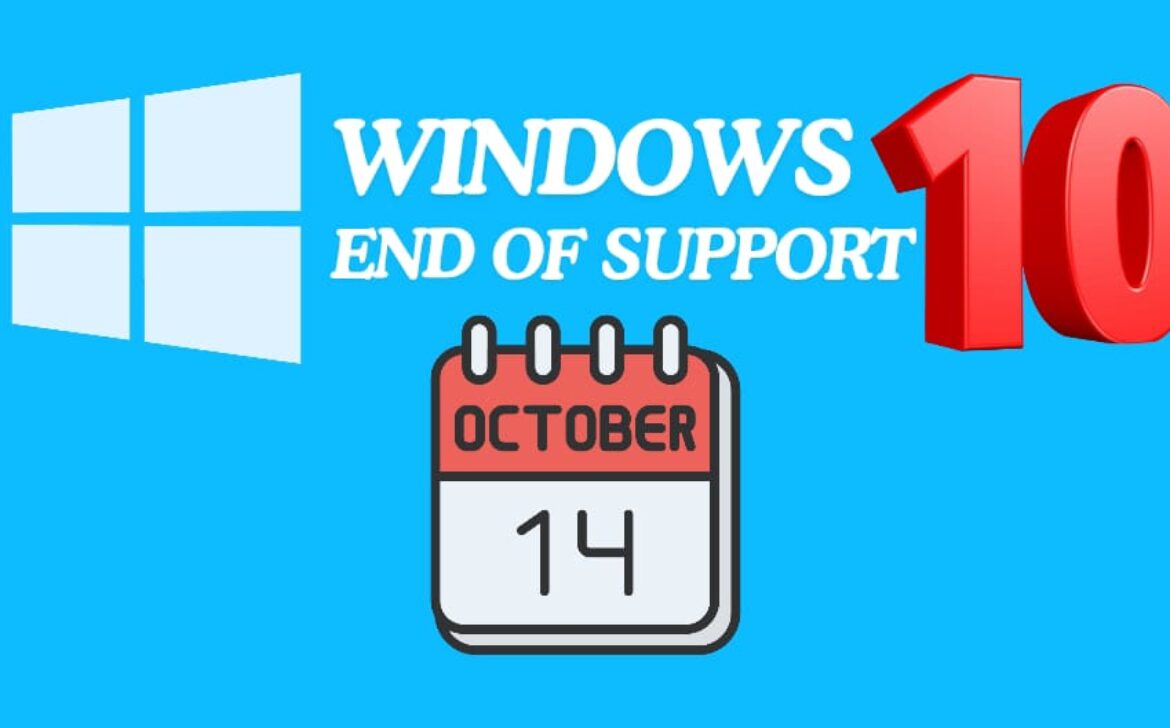PSAT 2025 Guide for Juniors: Why It Matters, Key Dates & How to Prepare
Key takeaways:
- What Is the PSAT/NMSQT and Who Should Take It in 2025?
- Why the PSAT Matters: Scholarships, College Readiness, and Beyond
- Inside the PSAT: Format, Timing, and Key Test Sections
- Smart PSAT Prep Tips and Strategies for Test Day Success
- Common Misconceptions About the PSAT
- FAQs: What Parents Should Know About the PSAT?
- After the PSAT: Interpreting Scores and Planning Next Steps
Ever wondered why the PSAT 2025 is such a big deal for juniors? Many see it as just another test, but it plays a key role in preparing for college admissions and can even unlock scholarship opportunities.
In this guide, we’ll break down what the PSAT is, why it matters, and how you can prepare effectively. You’ll also learn about its connection to the National Merit Scholarship, see what’s on the test, and explore practical PSAT prep tips to help you perform your best.
What Is the PSAT/NMSQT and Who Should Take It in 2025?
The PSAT/NMSQT stands for the Preliminary SAT/National Merit Scholarship Qualifying Test. As the name suggests, it has two main purposes: giving students a preview of the SAT and serving as the qualifying exam for the National Merit Scholarship Program. While often called a “practice SAT,” it is more than just a trial run. The questions, timing, and scoring closely mirror the SAT, making it a reliable indicator of how students might perform later when college admissions are on the line.
Most juniors across the United States take the PSAT each October, though some schools also allow sophomores to sit for it as additional practice. For juniors in 2025, the PSAT matters most because it doubles as the entry point for the National Merit Scholarship Program. Each year, over 1.3 million students enter the program, but only about 6,900 ultimately earn the National Merit scholarships. But even if you don’t win one of those awards, strong scores can still earn you recognition that strengthens a college application and highlights academic achievement.
It’s also worth noting that the PSAT has no direct impact on college admissions, because colleges never see your score. The College Board does not share PSAT results with admissions offices since the exam is designed purely as a practice tool and a qualifier for the National Merit Scholarship Program.Instead, it serves as a stepping stone: a chance to build test-taking stamina, sharpen skills, and set clear goals for the SAT or ACT. For students aiming at competitive colleges, or those looking to strengthen their applications with scholarship opportunities, taking the PSAT in 2025 is a valuable and strategic step.
Why the PSAT Matters: Scholarships, College Readiness, and Beyond
The PSAT might look like just another standardized test, but for juniors it comes with important benefits that can shape their college journey. One of the biggest reasons it matters is its connection to the National Merit Scholarship Program. High scorers can earn national recognition and, for the top tier, scholarships that reduce the cost of college. Even students who don’t receive money can gain valuable distinctions such as “Commended Scholar” or “Semifinalist,” which boost the credibility of college applications.
Beyond scholarships, the PSAT is a powerful tool for college preparation. Because its format mirrors the SAT, it gives students a realistic sense of pacing, question style, and test-day conditions, without the pressure of college admissions. This makes it an excellent chance to sharpen test-taking strategies, discover areas to improve, and walk into the SAT more confident and less anxious. Many students report that taking the PSAT made the SAT feel more familiar, reducing anxiety on test day.
Beyond practice and scholarships, the PSAT opens doors to additional opportunities. Some organizations and universities use scores to identify talented students for specialized programs or merit awards. Others consider PSAT performance when extending invitations to honors events or summer enrichment programs. In this way, the exam acts as a gateway—not just to financial aid but also to experiences that can shape a student’s academic journey.
Inside the PSAT: Format, Timing, and Key Test Sections
Understanding the structure of the PSAT is one of the smartest steps you can take to feel confident on test day. The exam is divided into two main areas: Reading and Writing, and Math. Unlike older versions, the 2025 PSAT is fully digital, delivered on College Board’s Bluebook app. That means students test on a laptop or school-issued device, with built-in tools such as an on-screen calculator, highlighter, and annotation features. While the shift to digital may seem intimidating at first, many find it more flexible because questions adapt in difficulty as you move through the sections.
Here’s a breakdown of the structure:
| Section | Module | Timing | Number of Questions | Score Range |
| Reading & Writing | Module 1 | 32 minutes | 27 questions | 160-760 |
| Reading & Writing | Module 2 | 32 minutes | 27 questions | |
| Math | Module 1 | 35 minutes | 22 questions | 160-760 |
| Math | Module 2 | 35 minutes | 22 questions | |
| Total | 4 Modules | 2 hours 14 minutes | 98 questions | 320-1520 |
The Reading and Writing section blends comprehension, grammar, and vocabulary into shorter passages than what appeared on past paper tests. You’ll answer multiple-choice questions that measure how well you understand meaning, structure, and evidence-based reasoning.
The Math section focuses heavily on algebra, problem solving, data analysis, and geometry, but calculator use is allowed for all questions. Questions range from straightforward computation to multi-step, real-world problems, making it essential to balance speed with accuracy.
Altogether, the PSAT lasts a little over two hours and fourteen minutes. While shorter than the SAT, it mirrors the same pacing and structure, so students can treat it as a realistic rehearsal.
How to Prepare for PSAT 2025: A 2–4 Week Junior Year Study Plan That Works
Not every junior has months to dedicate to PSAT prep, and that’s okay. With the right plan, even a focused 2–4-week effort can make a real difference. The key is to use your limited time wisely: practice with real questions, focus on your weaker areas, and get comfortable with the digital test format. Here’s a simple plan that works.
Week 1: Get Familiar with the Test
Start by understanding what you’re up against. Take a full-length practice test using the Bluebook app from College Board, which is the same platform you’ll use on test day. Don’t worry about your score too much. This first test is all about seeing how the timing feels and where you struggle. For example, you might realize that reading passages takes longer than expected, or that certain math topics (like algebra or geometry) slow you down. Write these notes down; they’ll guide the rest of your prep.
Week 2: Focus on Weak Spots
Now that you know your trouble areas, spend the week tackling them directly. If vocabulary-in-context questions tripped you up, review strategies for understanding word meaning from context. If math word problems felt confusing, practice breaking them into smaller steps. Use free resources like the official College Board practice sets. Even 30 minutes a day can build confidence quickly.
Week 3: Build Speed and Strategy
This is the time to work on pacing. Practice short timed sets instead of only doing full tests. For example, give yourself 25 minutes to complete 15 math questions, or 20 minutes to do a group of reading questions. The goal is to train your brain to stay focused and manage time under pressure. Pay attention to careless mistakes, and practice skipping questions that take too long.
Week 4: Final Review and Test-Day Readiness
In the last week, take one more full-length practice test. Compare your results with Week 1—most students are surprised by how much they’ve improved. Review your mistakes carefully, but don’t cram the night before the exam. Instead, make sure you know the basics: charge your laptop or tablet, pack your ID, and get a good night’s sleep.
Smart PSAT Prep Tips and Strategies for Test Day Success
Even after weeks of studying, what you do on test day can make a big difference. The PSAT isn’t just about what you know—it’s also about how you manage your time, stress, and focus. With the right strategies, you can walk in feeling confident and perform at your best. Here are some simple but powerful test-day tips.
Know the Tools Beforehand
Since the PSAT is now digital, practice a bit with your device and the test app so you know how things work—like flagging a question, zooming in on text, or using the on-screen calculator. This way, nothing will feel unfamiliar during the test, and you won’t waste time figuring out buttons while the clock is ticking.
Manage Your Time Wisely
The PSAT test is adaptive, which means your performance on the first set of questions affects the next. Don’t rush through the first module—accuracy matters more than speed at that point. If you’re stuck, skip and come back later. For example, spending three minutes on one tricky math problem could cost you time on easier questions that you would’ve answered correctly.
Make the Morning Easy
Don’t wait until the last minute to get ready. Pack your ID, charge your device, and choose your clothes the night before. On the morning of the test, eat a light but filling breakfast, like toast with eggs or fruit with yogurt. Little things like this help you avoid stress and keep your mind clear.
Don’t Leave Questions Blank
Since there’s no penalty for guessing, always select an answer—even if you’re unsure. Eliminate obviously wrong choices first, then make your best guess. Many students pick up extra points this way without realizing it.
Think Big Picture
Remember: the PSAT is a chance to learn and grow, not a final judgment of your abilities. Treat it like a practice run for future tests, and don’t let one tough question shake your confidence. Staying calm and steady is one of the best test-day strategies you can master.
Common Misconceptions About the PSAT
Even though the PSAT is a familiar exam for many schools, myths and misunderstandings still surround it. Clearing these up helps students approach the test with a stronger sense of readiness.
One misconception is that the PSAT directly affects college admissions. It doesn’t—colleges never see PSAT scores. The test is primarily for practice and scholarship opportunities. Another common myth is that only “top students” should take it. In reality, every junior benefits from the experience, since it provides valuable practice under real testing conditions. Some also believe that the PSAT is identical to the SAT. While similar in structure and content, the PSAT is shorter and does not include the toughest SAT questions. This makes it a more approachable starting point.
Finally, many students think that if they don’t earn a National Merit award, the PSAT “doesn’t count.” That’s far from true. The practice, feedback, and confidence students gain often have a bigger long-term impact than scholarships alone. By understanding what the PSAT is, and isn’t, students can see it as a helpful stepping stone rather than a high-pressure hurdle.
FAQs: What Parents Should Know About the PSAT?
Parents often have as many questions about the PSAT as their teens do, especially since this test can feel like the first big step toward college admissions. Below are some of the most common concerns, answered in clear terms to help families feel prepared and confident.
Do colleges see PSAT scores?
No. Colleges do not receive PSAT results. The score report is for the student, family, and school only. Think of it as a practice run that helps highlight strengths and areas for improvement before the SAT.
Why is the PSAT important if it doesn’t go to colleges?
The biggest reason is its role in the National Merit Scholarship Program. High-scoring juniors can qualify for recognition or scholarships, which can reduce the cost of college and look impressive on applications. Beyond that, the test is valuable practice for the SAT—it gives students a sense of timing, question styles, and stamina needed for a longer exam.
Can sophomores or freshmen take it too?
Yes, many schools let younger students take the PSAT as practice. However, only junior-year scores count toward National Merit recognition. If your child takes it earlier, it’s just for experience.
How should parents support their teen during PSAT prep?
Encouragement works better than pressure. Ask gentle questions like, “Do you want me to quiz you on vocab?” or “Would it help if I timed a practice section for you?” Small acts like providing a quiet study space, helping manage deadlines, or celebrating progress can ease stress.
What should my child bring on test day?
Since the PSAT is digital, the main requirement is a fully charged, school-approved device with the Bluebook app installed. Students should also bring their school ID, pencils (for scratch work), and a snack for the break. Checking with the school in advance ensures no surprises.
What happens after the PSAT?
Students receive score reports in December, which break down performance by section. Parents can sit with their teen to review these reports together, identifying strengths and areas for growth. Many families use these results to make a plan for spring SAT prep or to explore other testing options like the ACT.
After the PSAT: Interpreting Scores and Planning Next Steps
When PSAT score reports are released in December, many students focus only on the total number. But the real value lies in the details. Each report breaks down performance into sections and sub scores, offering a clear picture of where you’re strongest and where there’s room to grow. For example, you might discover that while your grammar skills are solid, your reading comprehension needs more practice, or that algebra feels comfortable but word problems take extra time. Treat these details as feedback, not judgment—they highlight exactly where your energy should go next.
The most effective way to use this feedback is to connect it to specific actions. Instead of feeling discouraged by a weaker area, view it as a chance to build momentum. If your reading score dipped, add daily practice with nonfiction passages to your routine. If math problem-solving slowed you down, schedule weekly timed drills to sharpen speed and accuracy. Making small, consistent adjustments based on your score report turns the PSAT into a springboard for stronger performance on the SAT.
Finally, build a timeline. Plan short-term goals for the next few weeks and bigger targets leading up to the SAT. If you’re unsure how to structure this, consider getting help from a tutor to turn your PSAT results into a step-by-step action plan. That way, instead of feeling stuck on numbers, you’ll know exactly what to practice, when to do it, and how it connects to your college goals.
Wrapping Up
Every big milestone starts with a small step, and the PSAT is one of those steps. It’s not just about testing—it’s about learning how to handle pressure, manage time, and grow from the experience. The lessons you take away from this test go far beyond one score; they prepare you for what comes next.
For juniors, that “next step” is the SAT. Using your PSAT experience to guide your SAT prep can turn uncertainty into a clear plan of action. If you want structured support and expert strategies to reach your best possible score, Prep Excellence has SAT specialists who can help you build confidence and move toward your college goals with focus and direction.
Summary
The PSAT exam serves as both a practice SAT and a qualifier for major merit-based scholarships, making it one of the most important tests for high school juniors. It includes sections on Reading and Writing, and Math, each designed to measure skills colleges value most. Strong performance on this test can open doors to scholarships and give students an early edge in SAT preparation. With the right preparation strategies, juniors can reduce test-day surprises and make the most of this opportunity.
Reviewed by Zaineb Bintay Ali




